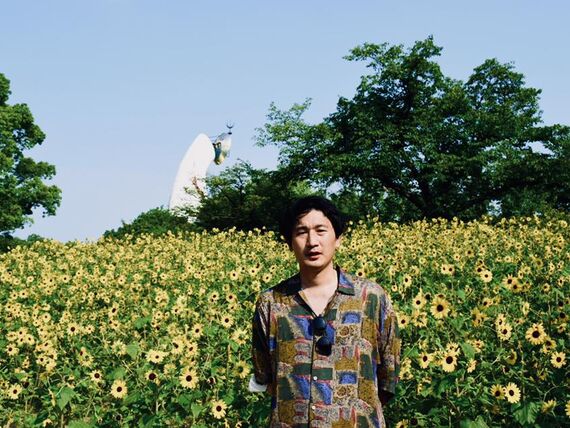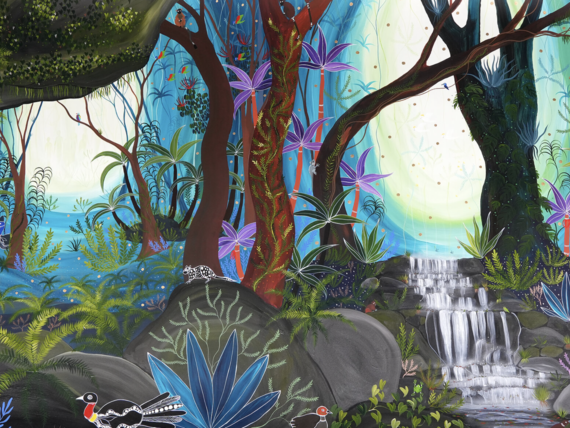Cairns cafe pops the cork off natural wines

Under current Queensland legislation, it's impossible to open a bottle shop without a commercial hotel liquor licence.
Unlike our neighbouring states, we're missing out on boutique bottle shops and interesting, cherry-picked products by small producers.
Meanwhile, local business owners like Guyala Cafe's Oliver James are seeking to fill that empty glass.
Olly tells Tropic why 'natties' are fast becoming a fun, no-fuss option for wine drinkers – and just how soon you can try one at Guyala Cafe.
##BA##
My obsession with natural wine – fondly known as ‘natties’ by those in the industry – started some years ago when I hired a skinny sommelier from Daylesford in my cafe.
Lucas was intensely passionate about wine, especially natural wine, and was the first to pop the cork off a natty for me.
Admittedly I’m no expert, but I can confidently say I was infatuated from that moment. It was a Radikon; a famous Italian producer.
This particular drop was an orange wine which is made from white wine grapes and given lots of contact with the grape skins.
The colour transforms to a deep golden orange and mouthfeel is like a red wine with loads of grippy tannins.
##ArticlePullQuote##
This one was made in a very traditional style in huge clay pots, which gave the wine an earthiness and a solid kombucha funk!
And it was delicious. It perfectly suited our Cairns climate.

Natural wines often have unusual colours, textures, aromas and flavours different to conventional wines.
My favourite part is the flavour progression as the wine oxidises after opening; starting with high acid and funky aromas that round out to a full fruit juice expression.
Philosophically, natural wines follow organic and biodynamic principles in the vineyard, and a minimal intervention approach during winemaking.
Most are sulphite-free. Flavours are expressive of terroir and very drinkable.
Producers talk them up as being fun to make, and drinkers love that they are removed from the hoity-toity fuss that wine traditionalists espouse.
This winemaking style has quietly been going on for years in Australia, since a small group of friends in the Adelaide Hills instigated the natural wine movement we see today.
James Erskine produces a very elegant wine from McLaren Vale in the Barossa Valley, Tommy Shobbrook makes a wide range of styles, and Anton Von Klopper creates wild, high acid, super fun textural wines from the Adelaide Hills.
What many thought would be a passing fad continues to captivate wine drinkers and makers alike.
It’s a break-the-rules approach to winemaking, with the goal squarely at making fun, very drinkable, no-fuss fermented juice of grapes.
In February, Cairns restaurant Harbourside Bar & Kitchen won Gourmet Traveller’s Wine List of the Year.
The judge’s comment: “This is quite a remarkable wine list with a near total dedication to natural wine … outstanding selection, and one that surely is the prized jewel of northern Queensland.”
This shows that natural wine has definitely gone mainstream.
I find a huge similarity between the natural wine movement and specialty coffee. We are flavour-focused, love sharing knowledge and trying to make the industry fun and approachable, sans wank.
Natural wine got me excited about the industry and has led me on the path of learning and respecting the rich history of wine.
I think this is the most important aspect of the natural wine movement.
It’s the younger generation’s gateway booze to a broad range of wine, conventional and unconventional, and with that comes an awareness of the environment and deep history of winemaking.
The Adelaide Hills’ grape harvest has recently finished and this year’s vintage is now ready to buy.
Coincidental timing as we're about to start serving a curated list of natural wines at Guyala Café! You'll be able to try one from late next week.
Seek out a nattie and give it a try. You might love it, or you might hate it, but you’ll be supporting small-scale wine producers having a crack at innovating their industry.
And I think that’s a pretty rad thing to do.
This story originally appeared in Tropic Magazine Issue 29. Read here.



